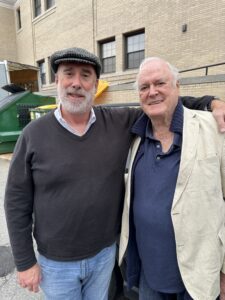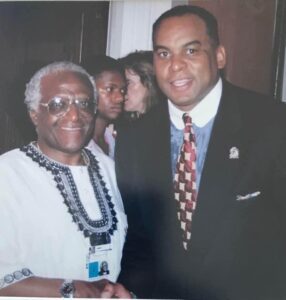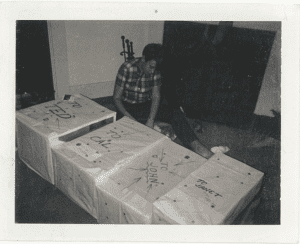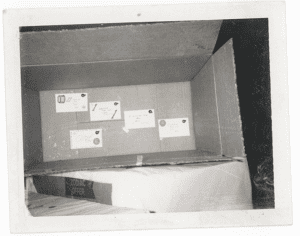When I talked with many grandfathers for my book, I always asked them for their #1 most valuable wisdom. What could help our grandchildren live their best lives? I wanted…
When I talked with many grandfathers for my book, I always asked them for their #1 most valuable wisdom.
What could help our grandchildren live their best lives? I wanted to know if there would be one principle that stood out, or if I’d hear the equivalent of a constellation of North stars. Spoiler alert: There were in fact two things I heard more often than all the others. And while these ideas are different, I can see clearly now that they are inseparable.
The first: BE KIND.
There were variations of this, such as BE NICE TO PEOPLE, or this wonderful expansion of the Golden Rule — DO ONTO OTHERS BETTER THAN YOU THINK THEY WILL DO ONTO YOU.
Interestingly, the men who had experienced the most traumatic childhoods (including a Chinese grandpa whose family was persecuted during the Cultural Revolution) were the ones who most often extolled the importance of kindness. This makes me think that there is a generational wheel that helps self-correct humanity over time.
The other very important branch of wisdom I heard is that YOU WILL SURVIVE.
Newsman Tom Brokaw’s take on this was more nuanced: we will all experience challenges. What matters is what we learn along the way.
Connect the dots here and you’ll see where I’m going with this. Being kind helps us survive. So much of our resiliency and strength springs from the fact that we are nice to people. We make friends. We love our families. And those people are the ones who are there for us when get in trouble. We all will experience hard times, and sometimes tragedy. And when that happens, it’s our friends who reach out. They’ll say, “I heard about what happened. What can I do to help?” This is what makes us strong.
As a grandparent, this is incredibly important to understand and to implant this wisdom in the next generation.
If I saw my 10-year-old grandson run onto a playground and start bullying kids smaller than him—including his friends—I would immediately pull him aside. I’d say, “I’m your grandpa, and I love you. But you need to understand that your behavior just now was not acceptable. That’s not how we treat people.”
America just bullied one of our best friends.
Within the past few months alone, the entire country of Canada has been thoughtlessly insulted. This is not kind. This is not how a great nation behaves. And it’s not going to go well for us. Our national strength is already being needlessly damaged, with untold numbers of Canadians now firmly anti-American — and doing everything they can do avoid buying American-made products or visiting.
God forbid we should be in a war in the coming years and need our allies in Canada and other countries, the millions of people our nation has bullied. Who will come to our aid?
I swore I would not get into politics with this blog or my book. One of my goals, in fact, is to find ways to heal our national divisions. But I have also learned how important it is to have open and honest conversations, including with people I may not agree with. This is not about being a Democrat or a Republican. It’s about knowing right from wrong. So, let’s have the conversation. And let’s be sure to include the voice of grandparents, those who have lived long enough to understand how important it is to be kind. Because that is how we will survive.
To my Canadian friends, I will leave you with this thought. It’s not too late to fix this. America is experiencing a challenging upheaval right now, but I do believe cooler and more rational heads will ultimately prevail. You are our friends, and we will always be there for you. And keep making that poutine. It goes down very well with our Vermont craft beer. Just as your flag flies with ours at the front of countless country stores in New England and beyond. As it should.








